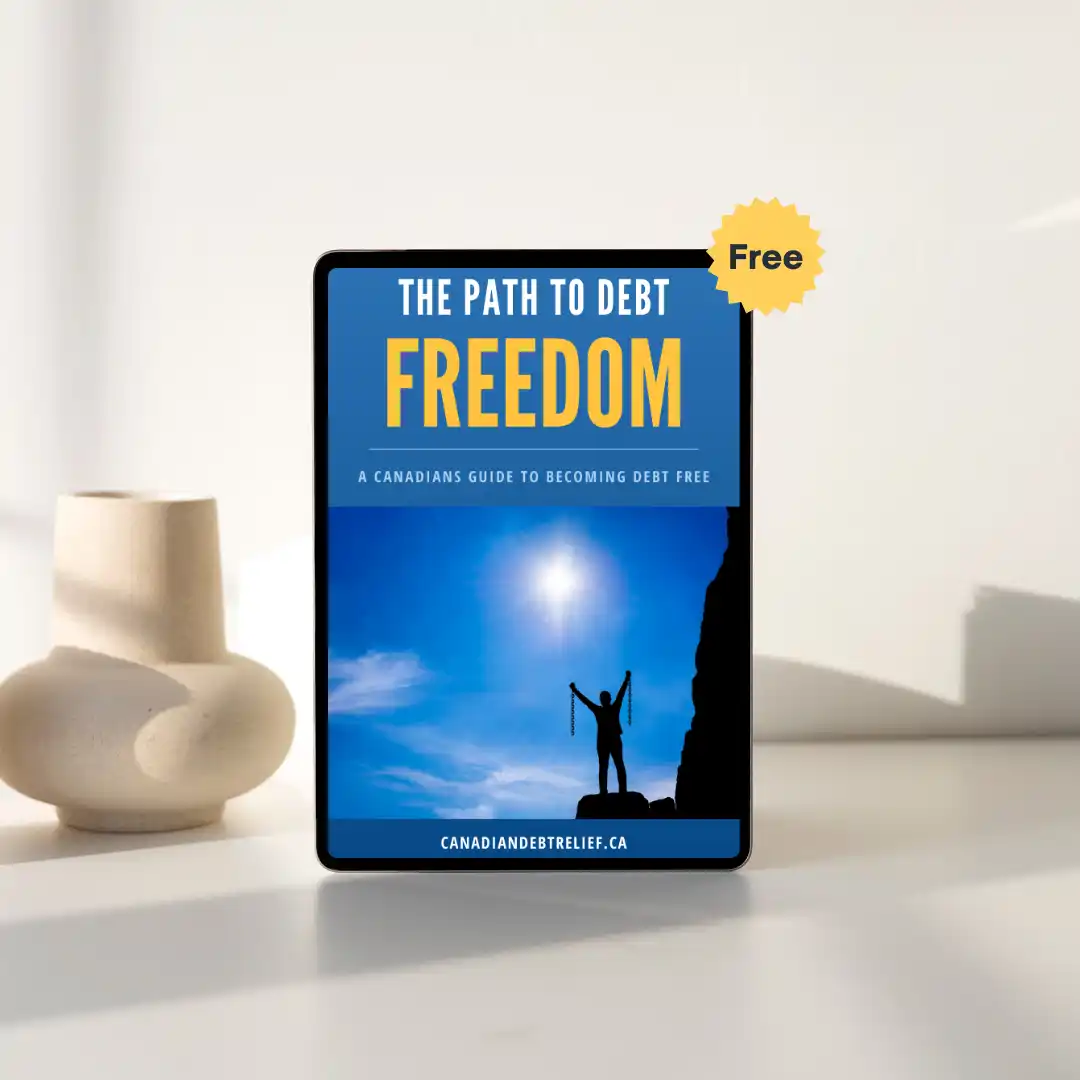Understanding Asset Protection During Bankruptcy in Ontario
Bankruptcy is often seen as a challenging life event, but it’s designed to provide individuals with a fresh start by relieving them of overwhelming debts. In Ontario, the Bankruptcy and Insolvency Act regulates the process, including which assets a person can retain during bankruptcy. When declaring bankruptcy, knowing what you can keep is crucial for planning and peace of mind.
Essential Personal Property
In Ontario, certain personal assets are exempt from seizure by creditors or the bankruptcy trustee. These exemptions are meant to ensure that individuals going through bankruptcy have the basic necessities to start over. The key asset categories include:
- Clothing: There is generally no monetary limit on the clothing exempt from bankruptcy for you and your dependents.
- Household Furnishings and Appliances: Up to a specified value, your household goods and appliances are protected. This cap is adjusted periodically for inflation and cost of living changes.
- Tools of Trade: If you are a professional or tradesperson, tools essential to your livelihood are protected up to a certain value. This enables individuals to continue working and earning an income post-bankruptcy.
- Motor Vehicles: A vehicle used for work or personal transport may be exempt if its value falls below a set threshold.
- Health Aids: All necessary health aids for you and your dependents are protected, ensuring continued access to medical support devices.
Property with Equity Limits
Some types of property might have equity limits, meaning that if the property’s value exceeds a certain amount, the surplus may be subject to seizure. A common example is the equity in a home. If the equity exceeds the provincial limit, you may need to sell your home as part of the bankruptcy proceedings. It’s essential to consult with a bankruptcy trustee to understand how your home equity might be affected.
Pensions and Retirement Savings
Most registered retirement savings plans (RRSPs), registered retirement income funds (RRIFs), and pensions are protected during bankruptcy in Ontario, except for contributions made in the 12 months before declaring bankruptcy. This exclusion aims to prevent the last-minute transfer of assets into protected accounts to evade creditors.
Insurance Policies
Certain life insurance policies may also be exempt, depending on the policy’s designated beneficiary. Policies with a beneficiary classified as a preferred beneficiary (e.g., spouse, child, grandchild, or parent) are generally protected from creditors.
Navigating Bankruptcy with Professional Help
Bankruptcy laws in Ontario are complex and are subject to change, which is why consulting with a licensed insolvency trustee or a legal professional is crucial. They can provide up-to-date advice tailored to your specific situation, ensuring that you retain as many of your assets as legally possible, while also guiding you through the bankruptcy process.
It’s important to remember that bankruptcy is a step towards financial recovery. Understanding which assets you can keep allows you to plan for a more stable financial future, free of the burdens of past debts.
See if you qualify for debt relief
